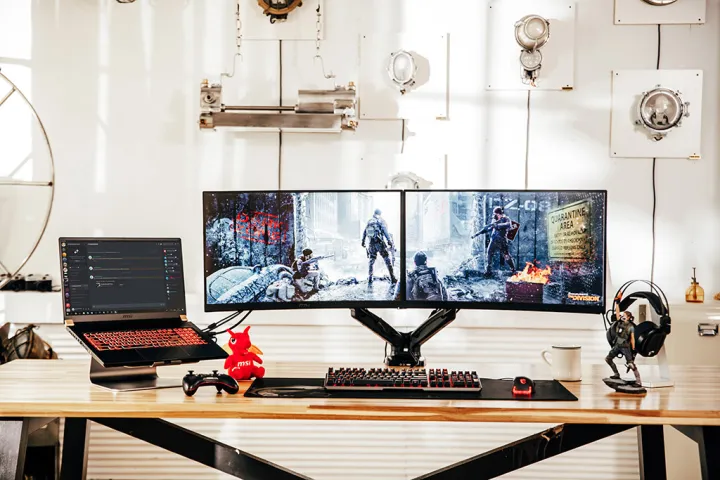When it comes to adjusting game settings and optimizing your monitor, choosing between fullscreen and windowed borderless modes can make a significant difference. While they may seem similar, each mode has its own advantages and disadvantages, especially for multi-monitor users.
Here’s a breakdown to help you select the ideal window mode for your gaming experience.
Benefits and Drawbacks of Fullscreen
Playing in fullscreen mode gives the game complete control over the display, allowing for optimized resolution and potential performance advantages. It also prevents your mouse pointer from accidentally leaving the game window on multiple monitors, avoiding interruptions or minimizing the game unintentionally.

For single-monitor setups, fullscreen is often the preferred choice for uninterrupted gameplay. However, the transition to other monitors or applications can be cumbersome, requiring specific key combinations or causing brief display blackouts.
Advantages of Windowed Borderless
Windowed Borderless mode offers the flexibility to interact with other applications seamlessly while maintaining a fullscreen appearance. This mode simplifies multitasking on different displays and eliminates the need for constant focus adjustments.

While Windowed Borderless enhances multitasking convenience, it may lead to accidental clicks outside the game window, potentially disrupting gameplay. Some games may also experience slightly lower performance compared to fullscreen optimization.
Which Mode to Choose?
The choice between fullscreen and windowed borderless depends on your preferences, monitor configuration, game genres, and multitasking needs. If you value seamless interaction with other apps while gaming, windowed borderless is likely the better option. For focused gameplay and minimal distractions, fullscreen mode may be preferred.
Fortunately, most games allow you to switch between these modes without requiring a restart, giving you the flexibility to adapt based on your current gaming environment.


